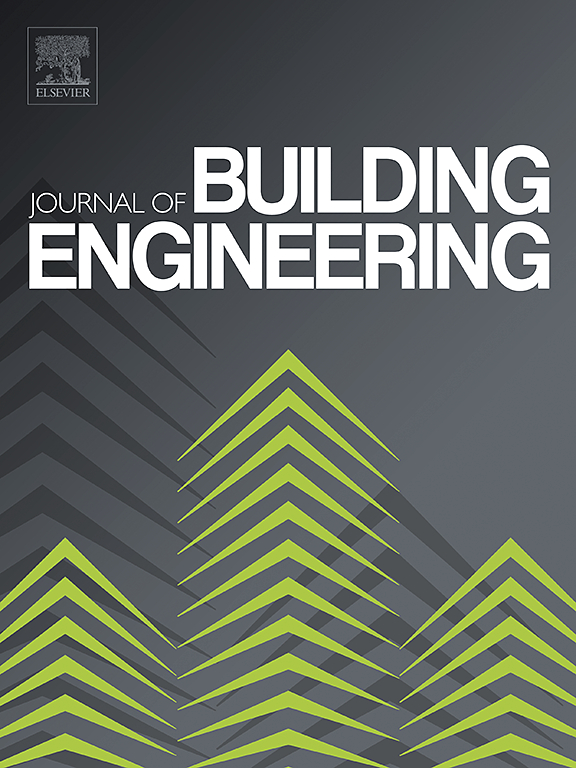An overview of practical challenges and current advances related to the use of calcium aluminate cement in various concrete applications
IF 6.7
2区 工程技术
Q1 CONSTRUCTION & BUILDING TECHNOLOGY
引用次数: 0
Abstract
Calcium aluminate cement (CAC) offers a promising alternative to Portland cement, particularly in applications requiring rapid setting, high early strength, and lower CO2 emissions. However, its broader adoption has been hindered by challenges related to the conversion process and the formation of unstable hydrates, which impact its long-term performance and durability. This review focuses on addressing these challenges by investigating the potential of various strategies to mitigate the conversion process, optimization of hydration dynamics, and durability of CAC-based materials. Specifically, the review seeks to review how can hybrid systems containing gypsum, supplementary cementitious materials (SCMs), and nanomaterials be leveraged to improve the conversion resistance, phase assemblage, and long-term durability of CAC, while also highlighting the role of these additives in enhancing the microstructural stability. The paper also consolidates recent research on fresh mix properties of CAC-systems while also addressing susceptibility to shrinkage and porosity. Furthermore, the paper explores CAC's potential for sustainable applications, including its compatibility with industrial waste materials, its role in reducing carbon emissions, and its use in innovative construction technologies such as 3D printing and geopolymer systems. Despite these promising advancements, the review identifies gaps in understanding the long-term performance of CAC in real-world environmental conditions, particularly its behavior in aggressive environments. Future research is needed to address these gaps, optimize the formulation of CAC systems, and to develop more effective strategies for large-scale applications.
求助全文
约1分钟内获得全文
求助全文
来源期刊

Journal of building engineering
Engineering-Civil and Structural Engineering
CiteScore
10.00
自引率
12.50%
发文量
1901
审稿时长
35 days
期刊介绍:
The Journal of Building Engineering is an interdisciplinary journal that covers all aspects of science and technology concerned with the whole life cycle of the built environment; from the design phase through to construction, operation, performance, maintenance and its deterioration.
 求助内容:
求助内容: 应助结果提醒方式:
应助结果提醒方式:


